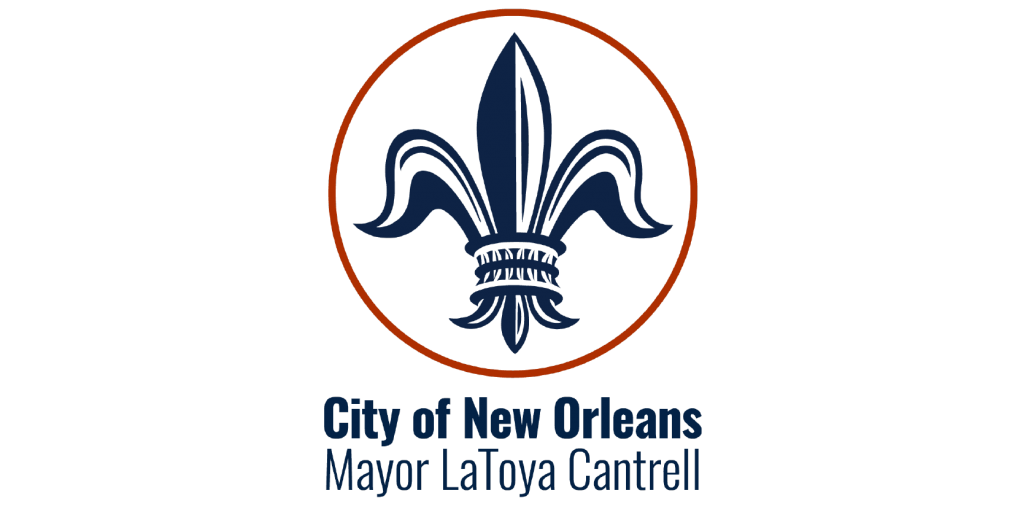Concert #3
Saturday, September 20 – 2:00pm
Tulane University Dixon Annex Recital Hall
Program
(tap/click to expand program notes)
Rubies in the Tiger’s Eye (2018) – Ryan Harrison
Over the course of several days during the summer of 2018, I had the pleasure of witnessing several ruby-throated hummingbirds feasting on the nectar of a tiger lily patch at Sarah P. Duke Gardens. Rubies in the Tiger’s Eye attempts to represent the sights, sounds, and “essence” of my encounter: e.g., the tranquility of dawn and dusk, the sparkling vivacity of hummingbirds, the cacophonous bird choruses, and the awe-inspiring sense of being immersed within nature and all its grandeur.
Premiered by Verena Mösenbichler-Bryant (conductor), Laura Gilbert (flute), Todd Palmer (clarinet/bass clarinet), Ari Isaacman-Beck (violin), Jonathan Bagg (viola), Robert Burkhart (violoncello), Molly Morkoski (piano).
Premiered at the Rubenstein Arts Center’s von der Heyden studio at Duke University. December 8th, 2018.
Dr. Ryan Harrison, a New Orleans native, is a graduate of Duke University’s music composition program. His artistic output, be it musical or through other media, seeks to communicate and evoke emotions, sentiments, and themes universal to the human condition: e.g. loss, triumph, dread, hope. Through the years, he has been fortunate to study under composers and educators such as Jerry Sieg, Barbara Jazwinski, Edward Dulaney, Rick Snow, Scott Lindroth, John Supko, and Stephen Jaffe. He has collaborated with a variety of ensembles and performers, including JACK Quartet, Mivos Quartet, Lunar Ensemble, Imani Winds, the New Orleans Chamber Orchestra, Horszowski Trio, and members of the Louisiana Philharmonic. He holds degrees in music composition from the University of New Orleans (Bachelor of Arts), Tulane University (Master of Fine Arts), Duke University (Master of Arts and Ph.D.).
Tributaries (2022) – B.K.Zervigón
Tributary (n): “a stream feeding a larger stream or lake,” “a ruler or state that pays tribute to a conqueror.”
Gulf (n): “a part of an ocean or sea extending into the land,” “a deep chasm: abyss,” “a wide gap.”
i. The motion of river water has always fascinated me. Growing up near the Mississippi river, I thought it flowed in the wrong direction until I was 11. Its eddies, currents and glistening light creates a beautiful flow that is impossible to predict. Through the dense counterpoint of the first movement, I hope to have captured this churning motion.
ii. Here are imagined waters of the Mississippi flowing out into the Gulf. The floodplains which make up the bottom part of Louisiana- where the River and Gulf merge- sink into the Gulf day by day, leveling the landscape. This desolate sparseness of scarred land offset by massive natural processes creates a surreal yet comfortable tapestry.
iii. Finally, the water flows through the sickly remains of barrier islands before joining a dead Gulf, sinking into silence.
Born in 2000 in New Orleans, LA, B.K.Zervigón began composing at a young age. Often dealing with the challenges facing the Gulf Coast due to climate change and industrialization, his work seeks to create a soundscape which reflects the interplay between heavy industry and ancient, sickly nature. This Southeast Louisiana landscape seeps into his work through its often massive architectural process against intensely emotional and intuitive feeling. His output includes works for piano, retuned piano, instrumental solos, chamber works, electronic music and installation work. In addition to writing, Zervigón is an active piano soloist and concert organizer with the Alluvium Ensemble. He holds a MFA from the Vermont College of Fine Arts. Zervigón has studied with Yotam Haber, Michael Hersch, Carla Kihlstedt and Tristan Murail among others. His music can be heard regularly in New Orleans and has been played across the northern hemisphere.
Cape Town Starlet (2025) – Stephen David Beck
During a 2024 trip to Cape Town, South Africa, we found a Red-Winged Starling that had roosted in the fire escape of our hotel room. It woke us up every morning with a beautiful yet haunting melody. I recorded the call on our last day there and used it as the basis and inspiration for this piece. The title is a simple pun on the bird’s name, as the bird seemed to say “look at me, look at me” over and over.
Musically, the instrumental material consists exclusively of fragments from a transcription of the Red-Winged Starling’s call. The call is divided into three sections: the first is the main “contact” call, as the bird is trying to get the attention of a potential mate or searching for food; the second is a response call; and the final is an alarm call. The soloist presents all three sections in different orders and, at times, can play any of the calls in random order. The electronics take the original bird call recordings and use granular signal processing to pull and stretch the sounds into smaller bits that are then recombined to create new sounds. At several points, the soloist is asked to improvise with these new sounds as if they are chirping with their digital counterpart.
The electronics also uses a live recording of the soloist and transforms those sounds into a dialogue with the digital bird transformations. Which sound is which? That is for the listener to figure out.
Stephen David Beck (b. 1959) teaches music composition and electroacoustic music at Louisiana State University, where he is the Derryl & Helen Haymon Professor of Music. He received his PhD in music composition and theory from the University of California, Los Angeles, where he studied with Henri Lazarof, Elaine Barkin, Paul Reale, Alden Ashforth, and Roger Bourland. In 1985, he studied computer music at IRCAM with the support of an Annette Kade/Fulbright Fellowship and joined the faculty at LSU in 1988. Since 2003, he has held a joint faculty position at the Center for Computation & Technology, where he established the Cultural Computing group and led the development of the PhD program in Experimental Music & Digital Media.
Rhythmic Mosaics (2022) – Mara Gibson
Rhythmic Mosaics is about the 9/11 tribute lights which endangered over 160,000 birds.
The duality between beams of light, blocks stretching miles and migrating birds forming mosaics of dropping luster inspired the piece. The birds’ death and survival is analogous to the unbreakable spirit of NYC post 9/11 which is the heart of this composition. 102 species of birds have been recorded to fly annually during the Tribute, the majority being songbirds, specifically, wood thrush, mockingbirds, and house finch calls. I have roughly transcribed the bird patterns from the spectrograms and audio files from the Macaulay Library to roughly represent these birds.
Due to the tireless work of the National Audubon Society’s “Lights Out” Program, the lights are now set for a limited time in large cities with a lot of light pollution. This helps avoid confusion of the birds which can cause them to collide with windows and buildings. In NYC on September 11 during the annual tribute this “lights off” system avoids death for most birds during the peak of bird migration time (fall). Radar helps identify these patterns. By turning off the lights four times during the 24-hour period, the birds can survive.
The mini-concerto tells the story of the one night a year when these lights shine, and many birds fall while others survive. The form of the piece is roughly based on a “mini” concerto between the violin and other instruments. The blocks of light are represented by silence and a blackout and appear four times within the piece. While the calls themselves are composed, they each take on characteristics of the prominent birds I selected to make their calls be heard.
The Blackout sections should be jarring. Each one is slightly different musically but should create the same effect of creating a void, a blackness, eventually providing the birds a chance to reset.
Composer Mara Gibson originally from Charlottesville, VA, graduated from Bennington College, and completed her Ph.D. at SUNY Buffalo. She has received grants and honors from the American Composer’s Forum, the Banff Center, Meet the Composer, the National Endowment for the Arts, the International Bass Society, ASCAP, Virginia Center for Creative Arts, the MacDowell Colony, Yale University and the Recording Academy of the US. Internationally renowned ensembles and soloists perform her music throughout the United States, Canada, South America, Asia, and Europe. Dr. Gibson has had performances of her works at prestigious festivals and universities around the country and the world and she currently leads the composition program at Louisiana State University.
Piano (2024) – Dietrich Hitt
Piano is a piece for two-channel fixed media centered entirely around the piano. Inspired heavily by the late work of Francis Dhomont, Piano focuses on using the flexibility of the stereo space to create dynamic counterpoint, both across the stereo spectrum and the variety of sounds present in the work. While edited to be almost or entirely unrecognizable, all of the sound objects are from a Steinway grand piano, such as string scrapes, knocks on the cover or side, E-bow vibrations, and many others, but are not the piano being played normally. The goal is to create a compelling sound environment with both a dynamic, evolving musical form, and a sophisticated level of compositional counterpoint resembling that of a classical composition, all with the intriguing, if not arbitrary constraint of only using sound-objects that come from the piano.
Dietrich Hitt is an internationally performed composer, sonic artist, percussionist, mathematician, and teacher currently based in Baton Rouge, Louisiana. His music seeks to inspire imagination and provoke deep curiosity towards all aspects of sound, to support an enrichment of appreciation in art and its relationships to society. Dietrich’s sound is deeply expressive and blurs the barriers between the real and the imagined, which is reflected in his music by a characteristic harshness and an unabashed call to leave audiences and performers affected by his work.
Dietrich’s work has been presented at the MOXsonic Festival, the Bare Bones International Film Festival, the New York City Electroacoustic Music Festival, the Pellegrini Festival of New Music, and the Sao Paulo Contemporary Composers Festival.
Dietrich is an active teacher and presenter. He has given presentations on topics such as musical minimalism, the works of Toru Takemitsu, musical aesthetics, and critical pedagogy. He holds a Bachelor of Arts in Music Composition and Mathematics from the University of Nebraska-Lincoln, and a Master of Music from The University of Oklahoma. He is pursuing his Ph.D. at Louisiana State University, where he collaborates with the Composition, Theory, and Experimental Music & Digital Media programs. dietrichhittmusic.weebly.com
somewhere in the caverns (2022) – Sam Kohler
This piece follows the idea of being lost in a vast network of passageways, where one can never see the full picture. Entities and phenomena haunt the chambers, and there is a riddle that seems to be everywhere.
Sam Kohler is a composer and multi-instrumentalist based in Baton Rouge, LA. Currently he serves as Director of Music at Trinity Episcopal Church. A lifelong musician from a family of dedicated musicians, he has pursued a wide range of music-making avenues. Recent collaborations include the Aspen Contemporary Ensemble, Marigny Opera Ballet, Talea Ensemble, Rhythm Method String Quartet, Avenue Azure, Polymnia Quartet, and the New Orleans Chamber Orchestra. His work “sun-splash color-room” was awarded the ASCAP Morton Gould Award in 2022. He has been on the faculty at Baton Rouge Conservatory, LAAPA, Baltimore School of Music, and Make Music NOLA. Previously, he served as organist and choirmaster at St. Paul Lutheran in the Marigny, and was guitarist for New Orleans-based fusion band Skeptic Moon. He studied composition with Felipe Lara at the Peabody Institute, Barbara Jazwinski at Tulane University, and Christopher Theofanidis at the Aspen Music Festival.
Versipel Collective:
Erin O’Shea – flutes
Cari Sands – clarinets
Chloe Groth – violin
Yuki Tanaka – violin
Sixto Franco – viola
Katalin Lukács – piano
Mendel Lee – percussion
Philip Schuessler – conductor
with:
Stuart Breczinski – oboe
Kyle Anderson – cello
Tyler Hawk – percussion
VERSIPEL NEW MUSIC
- Executive Director – Mendel Lee
- Executive Team – Kari Besharse (founder), Philip Schuessler (co-founder), Stephen Montalvo
- Artistic Directors
- Batture Contemporary – Mendel Lee
- Versipel Collective – Kari Besharse, Philip Schuessler
- nF Residency Series – Mendel Lee (founder, interim), Maxwell Dulaney, Sixto Franco
- Production Director – Rick Snow
- Communications/Marketing – Kevin Mah, Drew Farrar
- Board of Directors – Kari Besharse (president), Philip Schuessler (vice-president), Megan Ihnen (secretary), Jeff Albert, Rick Snow
Acknowledgements
Batture Contemporary was created and is run by Versipel New Music. The festival is supported in part by:
- a grant from the Louisiana Division of the Arts, Office of Cultural Development, Department of Culture, Recreation and Tourism, in cooperation with the Louisiana State Arts Council, as administered by Arts New Orleans. Funding has also been provided by the National Endowment of the Arts.
- a grant from the New Orleans Theatre Association
- Acadiana Instrument Repair





Batture Contemporary and Versipel New Music would like to give our heartfelt thanks to the following outside people who have offered their time and resources to make this festival possible:
- Jeff Albert
- Michael Batt
- Cameron Eaton
- Jesi Goodwin
- Chelsea Hines
- Megan Ihnen
- Michael S. Mitchell
- Grace Rennie
- Christian Smith
